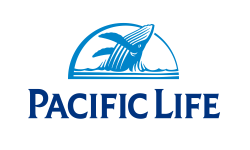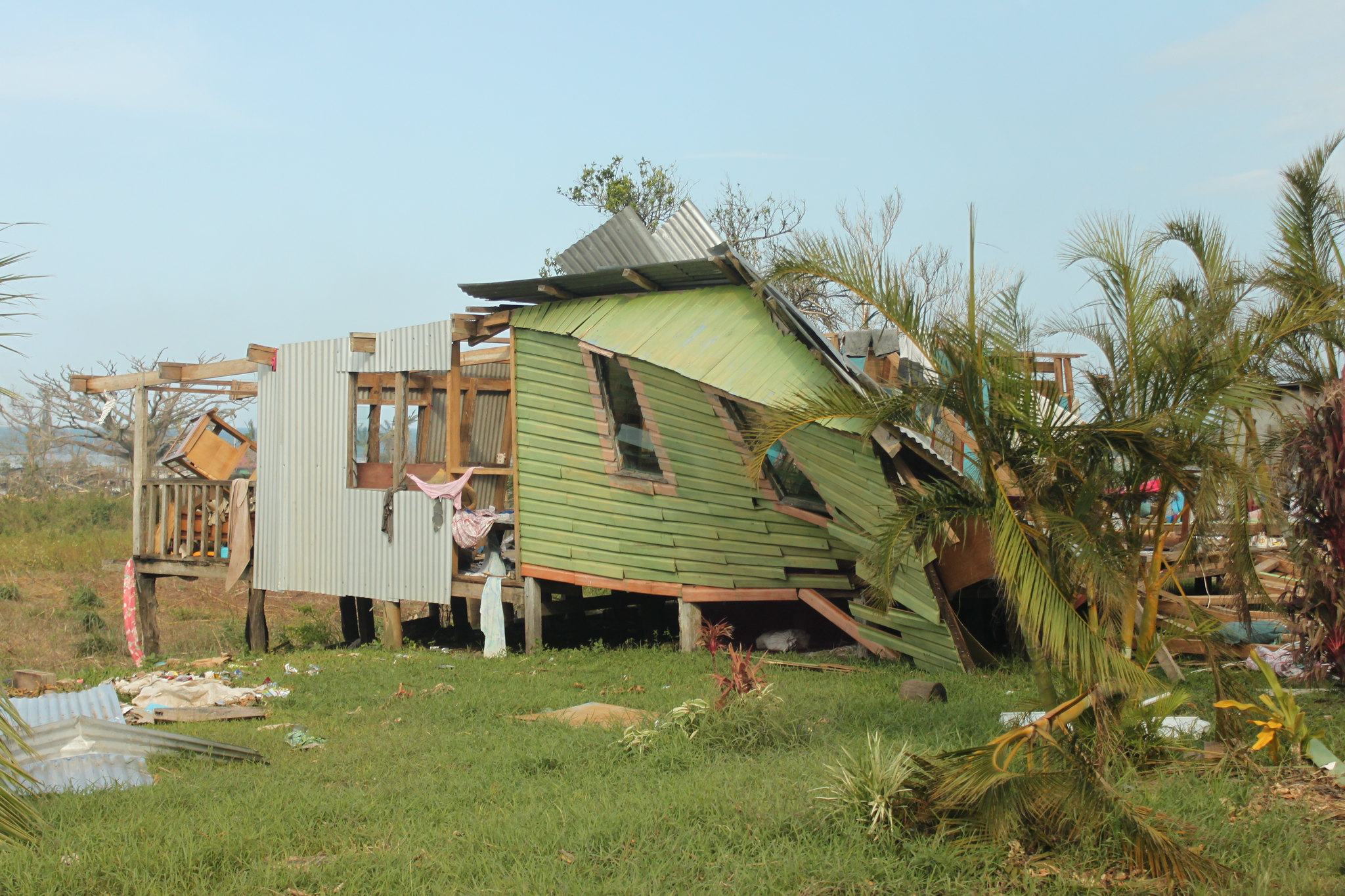Asia-Pacific Travel Insurance Market Expected to Reach $9,875 Million by 2022. PORTLAND, OREGON, UNITED STATES, October 2, 2022/ EINPresswire.com/-- Asia-Pacific Travel Insurance Market by Distribution Channel, Insurance Cover and End User: Opportunity Analysis and Industry Forecast, 2016-2022. According to a new report published by Allied Market Research,...
PORTLAND, OREGON, UNITED STATES, October 2, 2022 /EINPresswire.com/ -- Asia-Pacific Travel Insurance Market by Distribution Channel (Insurance Intermediaries, Insurance Companies, Banks, Insurance Brokers, Insurance Aggregators, and Others), Insurance Cover (Single Trip, Annual Multi-trip, and Long Stay) and End User (Senior Citizens, Educational Travelers, Backpackers, Business Travelers, Family Travelers, and Fully Independent Travelers): Opportunity Analysis and Industry Forecast, 2016-2022. According to a new report published by Allied Market Research, titled, Asia-Pacific Travel Insurance Market by Insurance Cover and Distribution Channel: Opportunity Analysis and Industry Forecast, 2016-2022, the Asia-Pacific travel insurance market was valued at $5,540 million in 2016, and is estimated to reach $9,875 million by 2022, registering a CAGR of 10.1% from 2016 to 2022. In 2016, the single trip segment dominated this market.
According to Allied’s report, the market is driven by recent technological advancements and the rapid launch of new products. The report covers an in-depth study of the latest market trends, major driving factors, top market players, and top investment pockets. A report is an essential tool for new market entrants, stakeholders, and shareholders to make informed decisions about their investments. The study involves an overview of the top market players along with a SWOT analysis of various industry players and Porter’s Five analysis to understand their market position. In addition, the study offers financial analysis, portfolio analysis, and business overview of the organizations that help stakeholders understand the long-term profitability of the industry. The report involves the latest market developments such as expansions, partnerships, new product launches, and mergers & acquisitions. Moreover, the study includes a detailed analysis of market dynamics such as drivers, restraints, challenges, and opportunities.
The Asia-Pacific Travel Insurance market report offers an in-depth study of drivers, restraints, challenges, and opportunities. Thorough information about major drivers of the market helps to understand market dynamics and how they can affect market growth. Furthermore, the restrains and challenges are covered in the report which is essential for market players for investments. The rapid advancements in technologies and rise in demand are major factors that are expected to unlock new opportunities in the future. The market is projected to witness significant growth during the forecast period.
Along with this, the Asia-Pacific Travel Insurance report includes several tools that establish market growth. The SWOT analysis offers a comprehensive understanding of the major determinants of market growth, which is vital for understanding the upcoming opportunities. In addition, the report includes a Pestel analysis that offers industry-related data and information in tabular format which is vital to understand the positive and negative qualities that can impact the global Asia-Pacific Travel Insurance market. Moreover, the study includes Porter’s Five analysis to focus on those factors that can benefit the company in the long run.
Key Market SegmentsBy Distribution ChannelInsurance Intermediaries• Insurance Companies• Banks• Insurance Brokers• Insurance Aggregators• OthersBy Insurance Cover• Single trip travel insurance• annual multi-trip travel insurance• long-stay travel insuranceBy End User:• Senior Citizens• Education Travelers• Backpackers• Business Travelers• Family Travelers• Fully Independent TravelersThe Covid-19 pandemic had a major impact on the global Asia-Pacific Travel Insurance market. The prolonged lockdown across European and Asian countries and restriction on international travel disrupted the supply chain and revenue chain. This negatively affected the market.





















